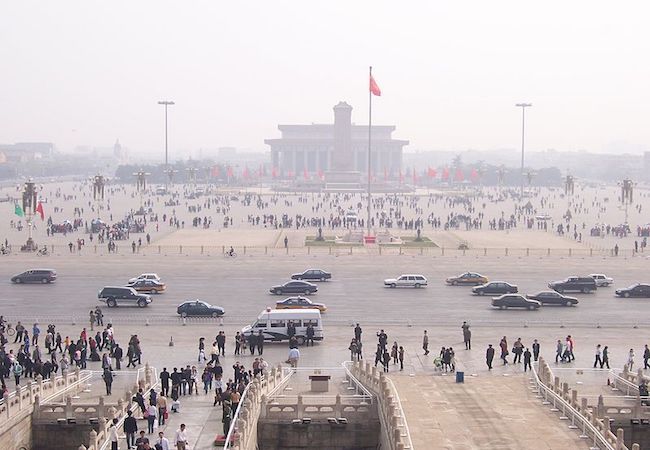
By Kenneth Szabo
In the West, China is arguably most well-known for its enormous population and the one child policy introduced in the 1970s to control it. Earlier this year, however, that policy was officially rescinded in order to combat a problem that most people generally associate with Europe or Japan: a rapidly falling population.
Indeed, after four decades of suppressing population growth, China is now afflicted by the problem of increasing numbers of retirees dovetailing with dwindling numbers of young people joining the workforce. Making things worse, China’s breakneck pace of economic development is now a major cause of preventable deaths every year. Air pollution and rampant smoking rates are making a bad demographical problem worse and Chinese authorities are slowly coming around to the idea that there is a direct connection between its population’s health and its economic prospects.
Today in China there are about 5 workers for every retiree. Given current population trends, by 2040 that ratio will stand at 1.6 workers for every retiree. The average age will rise from under 30 now to 46, with the number of people over 65 reaching 329 million by 2050, up from 100 million in 2005. The burden that this will place on the social services needed to care for the elderly in the face of falling tax revenues from a diminished workforce is only exacerbated by the fact that the country’s runaway cancer rates means that more of its elderly population will be in need of state care. Many of those sick beds will be taken up by lung cancer patients. With 600,000 deaths caused by the disease every year, expected to rise to 700,000 by 2020, China has the highest number of lung cancer patients in the world. And with an estimated 4,000 deaths a day caused by industrial pollution alone, grassroots organizations have finally decided that enough is enough and are beginning to agitate for something to be done to improve living standards.
Residents of China’s smog-filled cities have suffered for years, but it was a documentary released this year about China’s environmental problems that finally sounded a clarion call for Chinese people to rally to. Produced by Chai Jing, a former China Central news anchorwoman, the documentary racked up hundreds of millions of views before being scrubbed from the Internet by the authorities fearing that it could create a groundswell of discontent that could spill over into mass protests. Realizing the depth of feeling, the government has scrambled to get out ahead of the situation and declared its own ‘war on pollution’, culminating with President Xi’s historic agreement to cut greenhouse gas emissions sign the Paris climate agreement.
As up hill a struggle as reducing industrial pollution will prove for the Chinese authorities, the other leading cause of lung cancer in China is set to present even more of a challenge. Nearly 70 percent of Chinese men are addicted to tobacco, one in three of whom are expected to die from the habit – by 2030, over two million people would die every year from smoking if nothing changes. Current tobacco reduction efforts in the country are hampered by poor enforcement and the massive influence of the state owned cigarette manufacturer, China National Tobacco Corporation, which supports millions of jobs among tobacco farmers and retailers.
Further frustrating the drive to curb tobacco use is the fact that China has signed up to the World Health Organization’s Framework Convention on Tobacco Control, which does not recognize e-cigarettes as an efficient way of quitting, despite the fact that over 10 million people have given up the habit thanks to vaping. The FCTC’s latest meeting in New Delhi raised new obstacles to the prospect of the organization softening its stance, after delegates blocked journalists and e-cigarette producers from even observing the meetings. In line with the Convention’s advice, China is expected to take measures that will restrict e-cigarettes and tobacco alike, with the ultimate aim of banning both.
While these obstacles may seem nearly insurmountable to China’s anti-tobacco agenda, there are lessons that can be carried over from its anti-pollution drive. International pressure has played a big part in getting China to face up to its killer smog and chemical problem, a problem with which Western countries are all too familiar from their own experiences in the previous century.
As noted in Chai’s documentary, when it comes to dealing with these issues China finds itself in a comparable position to the West in the 1950s, quickly growing and struggling to contain the environmental fallout. Ending on a bright note, the documentary references London and Los Angeles, both of which were regularly choked by haze in the 1940s and 50s, but managed to massively curb their pollution levels once they faced them head on. In getting to grips with its own problems, China is going to need all the help it can get from international partners and institutions if it is to save some of the millions of lives expected to be lost to lung cancer over the coming decades. Given the increasing importance to the world economy of a healthy and plentiful Chinese workforce, their success or failure in this endeavor is of global significance.




